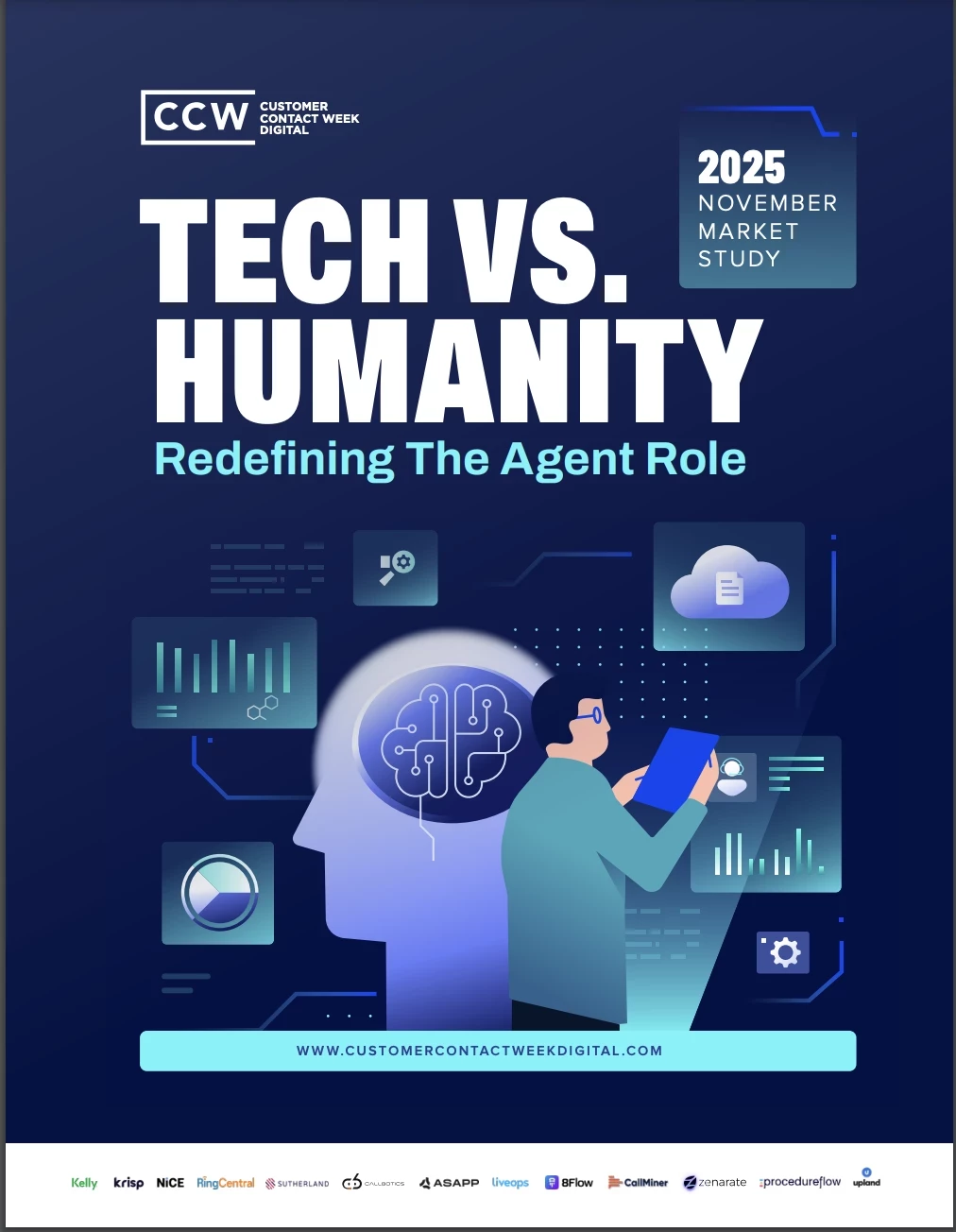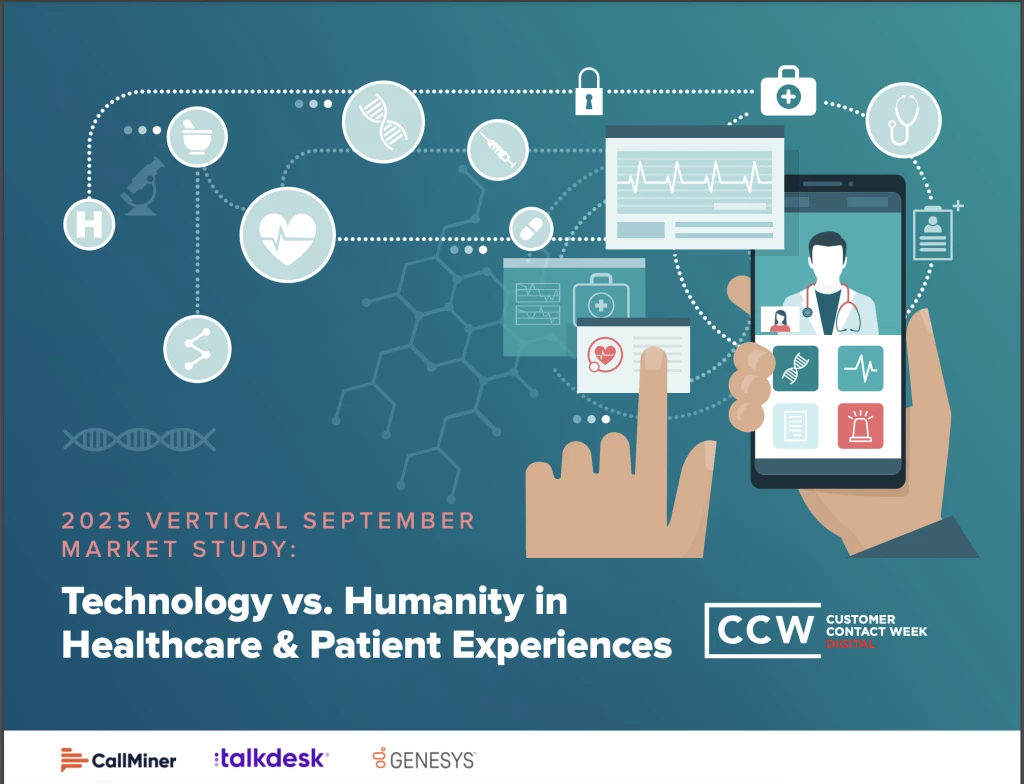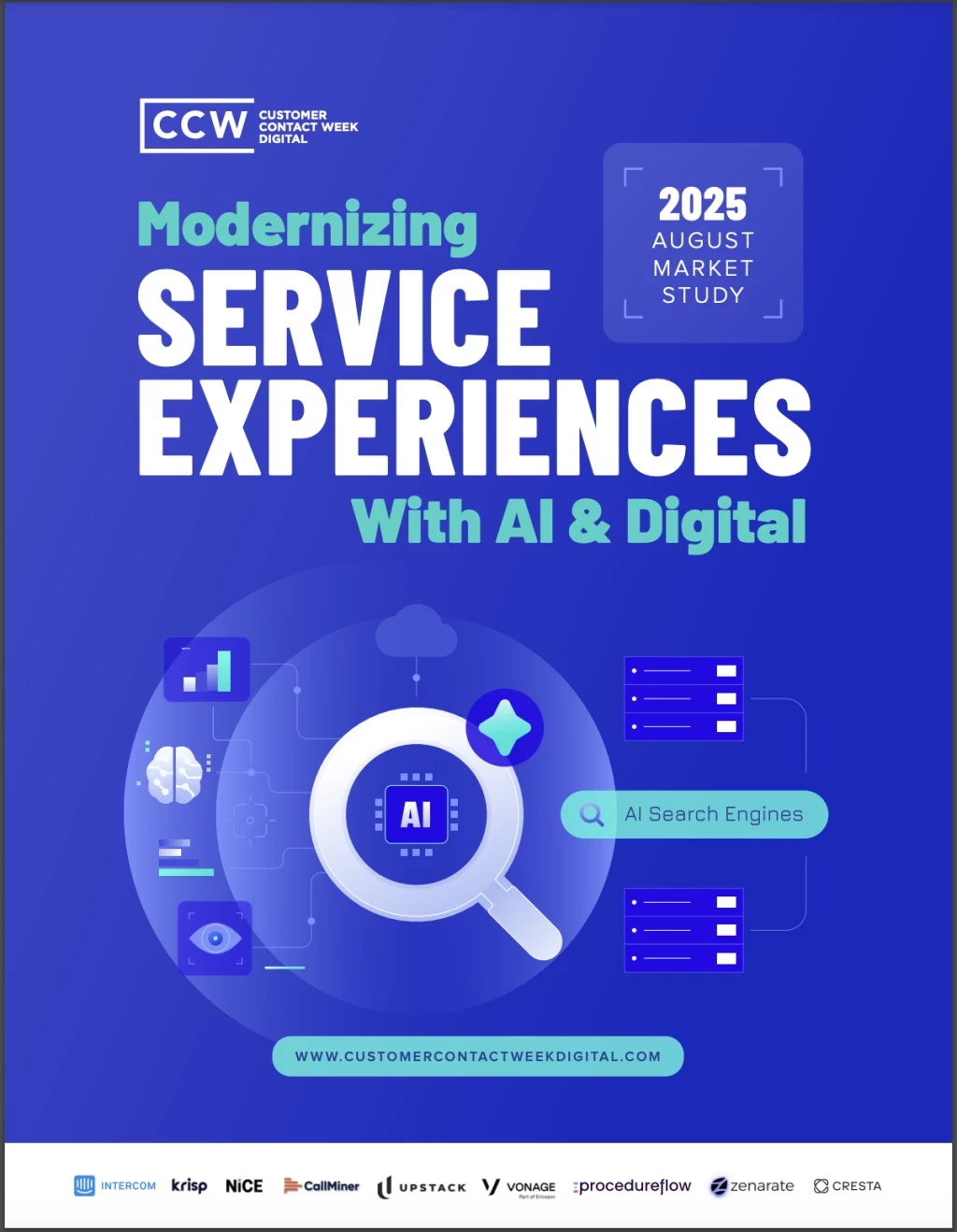CCW Digital Magazine Preview: Balancing Personalization and Privacy
Personalization will be the way brands make experiences stand out in our busy world.
Add bookmark
The below article originally appears in Issue I of the CCW Digital Magazine.
Customers are more anxious than ever. Keeping personal information secure is a growing source of concern amidst constant news of data breaches, AI mishandling of sensitive information, and the relentless digital scams that affront us. For years privacy concerns were the responsibility of the customer to manage, but as every organization expands their reach into more dynamic digital marketing and CX, customers can’t be expected to shoulder it all. Failing to give digital security the appropriate resources and consideration is the fastest way to lose customer trust, and when customer trust is lost to security failures, it’s almost impossible to win back.
Each digital touchpoint has vulnerabilities, and the susceptibility to compromise is significantly greater when organizations have disjointed processes without comprehensive oversight. Unfortunately, many mature businesses have seen their departments grow independently of each other, leading to a fractured organizational structure whose fissures are felt in subpar customer journeys.
At the same time, AI has enabled limitless opportunities to personalize experiences. Where applied AI transformed customer management by powering the analysis behind CRMs, agentic AI is taking CX into a new dimension by removing the bottleneck of manpower that has prevented businesses from providing customers with individual, personalized attention.
Setting the stage for personalization
The abundance of digital channels make brands feel omnipresent in our lives, with 59% of leaders saying the rise of digital engagement has led to greater skepticism around customer data and privacy. Thus, customers need to see how their information improves the experiences they have with brands, otherwise they are deterred from sharing. Customers are inundated with touchpoints that ask them for their information, leading to both fatigue and skepticism. Companies that have not yet streamlined their collection touchpoints across the organization would be better off focusing efforts on this project before pursuing more personalized CX.
CX teams are positioned to take on a much more central role in the organization, and they must be staffed by individuals with both strong data analysis capabilities and a deep understanding of customer journeys. Breaking down false walls to make teams more collaborative and data less siloed may be a major upheaval, but conveying the urgency and importance of remaining ahead of the CX curve is a vital responsibility of contact center leaders.
Weighing risks and priorities
Personalized customer experiences overtly reveal that your brand is collecting and using customer information, and must be orchestrated with extreme tact. Failing to review such initiatives for appropriateness can be disastrous for a brand. These risks must always be balanced with clear and concrete value in the form of proactive experiences that reduce their effort, offer delight, and/or save time.
In recent years, retail brands have generated buzz by offering an opt-out for certain holiday promotions, like Mother’s Day and Father’s Day, that may evoke feelings of grief and sadness in those who have experienced loss. While the intent of the opt-out is personal and empathetic, the opt-out prompt itself functions the same as a holiday promotional email in bringing customer awareness to their loss, and does not offer a heightened level of sensitivity. As generative AI is folded into these processes, the stakes get even higher. Ideally, AI should assist in identifying customers’ preferences and configure their communications accordingly, avoiding situations like the redundant opt-out. In the same vein, a mainstream AI tool could identify a shopping trend and prompt a customer the following, “We’ve noticed you haven’t bought any Women’s Retail products in the past year. Click here to stop receiving Women’s Retail advertisements.” This is personalization in that it uses real customer data, but its effect, when sent to someone who has gone through a divorce or lost their wife, may trigger a deeply negative experience. Even if a miniscule fraction of customers have this kind of reaction, all it takes is one customer sharing their insensitive experience online to seriously damage a brand’s image.
In the pursuit of more personalized experiences, there are other ways generative AI can wreak havoc when left unchecked. We have all seen examples of egregious AI hallucination online: obvious gibberish or chatbots spewing nonsense that are easy to write off as nothing more than bad, but harmless, customer service. As generative AI improves and companies provide better guidance to their LLMs, these hallucinations will become less obvious and more dangerous.
With the average customer having little understanding of the mechanics and laws that govern digital data collection, seeing an increase in touchpoints, channels, and automation may stoke apprehension. The crucial guidance here is to consider the enormous volume of digital interactions and communications customers are faced with every day from all of the businesses they patronize. Ensuring marketing, customer success, and support are streamlining their collection touchpoints and communications has two-fold benefits: enhanced internal coordination and more intentional customer exchanges.
Check out the free CCW Digital Magazine to read more about how technology can support evolving customer priorities as AI continues to transform every facet of CX.
Photo by Marcial Comeron on Pexels.































